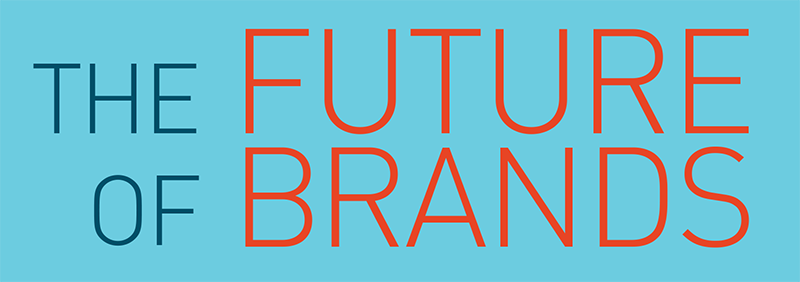2017: The Future of Brands
the future of brands

Presentation
Assignment Brief: The Future of Brands
Consumers are living in a world of extremes, with constant change and endless points of discovery, driven by the proliferation of purchasing choices and channels. The introduction of smaller brands and new distribution models has empowered the consumer to purchase products that fi t their individual brand at the touch of a button. From “mega” brands to “indie” brands, from brick-and-mortar to online only, from influencer to media outlet, consumers are discovering, researching, and purchasing products differently. The 2017 CFMM Capstone Research looked at the role brands currently play and how they will impact consumer-purchasing choices in the future. Will brands adapt? Will they continue to exist and what format will they take? Where and how will consumers purchase products? How will consumer path-to-purchase affect distribution models?
Original Quantitative Consumer Research: Millennial Consumer Expectation and Brand Perception Survey
Brands are experiencing a consumer renaissance. The consumer is enlightened, transitioning from a time of relying on brands for information to self-empowerment. She is more informed and vocal than ever, and has discovered the power of being connected. As a result, the traditional architecture of brand building is being challenged industrywide. Through an original quantitative research study, we have determined key consumer insights by identifying the crucial gap today between consumers’ expectations and what brands are offering, and empowering brands with a feedback loop to help them better engage the ever-changing consumer.
Research Leads: Grace Gordon and Justin Hartman
Brand Expression
It has been 10 years since the launch of the first iPhone and since then the world has experienced a multitude of profound changes—a slow recovery from global economic collapse, the rise of global populism, the emergence of a new sharing economy, and a deepening crisis in trust of institutions. These shifts have left consumers in a paradoxical state of fl ux: constantly connected, yet more isolated, yearning to be recognized as individuals, but also desiring to be part of something larger. What does this mean for the future of brands? What is the value of a brand and what role will they play in the lives of consumers? This research introduces a new model by which brands can create deeper, more meaningful relationships with consumers and position themselves to thrive in the new digital-first world.
Group Leaders: Crystal Sai and Nicolas Vissat
Group Members: Erin Cox Elder, Alina Fernandez, Zahia Ghossaini, Nicole Grabow, Justin Hartman, Katarina Kralj-Madiraca, Stephanie Sanders, and Adele Yeam
» Brand Expression Infographic (.pdf)
» Brand Expression White Paper (.pdf)
Brand Experience
Retail is at a tipping point; there have been nine retail bankruptcies in 2017 to
date, as many as in all of 2016. The advent of the technology/information age has
fundamentally changed consumer behavior to the point that retail, as we know it, is
becoming irrelevant to the consumers of today. In this new climate, the traditional
“if they build we will come” mentality is no longer relevant. In order to survive,
brands will need to dramatically shift the way they think, measure, and invest in
the overall shopping experience to address their customers’ needs and wants. This
research proposes how to close the gap between evolving consumer behaviors and expectations
and the declining retail model. From a consumer-centric point of view, our research
looks at the full span of the retail
landscape, from the physical infrastructure and the in-store and online experience,
to the role of future technologies and distribution channels.
Group Leaders: Morgan Hagney and Pragati Ruia
Group Members: Carrie Cohen, Stacey Goldstein, Grace Gordon, Raj Kochar, Sophia McLoughlin, Erica Roe, Zuzanna Wozniak, and Francesca Zanghi
» Brand Experience Infographic (.pdf)
» Brand Experience White Paper (.pdf)